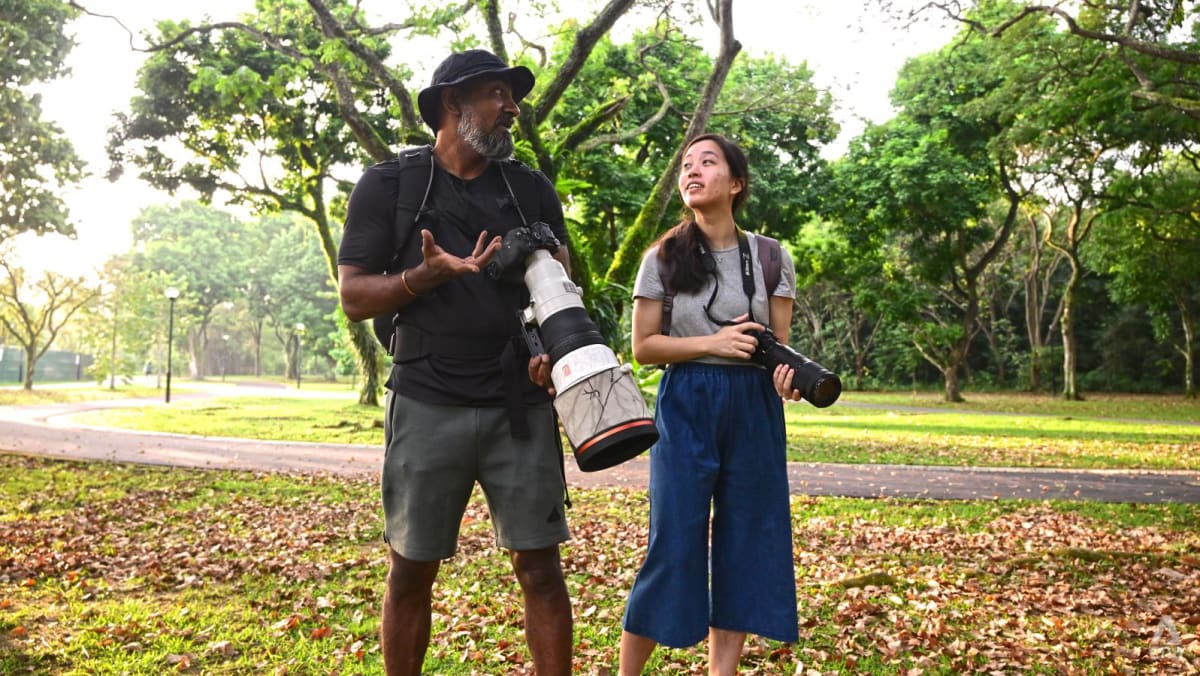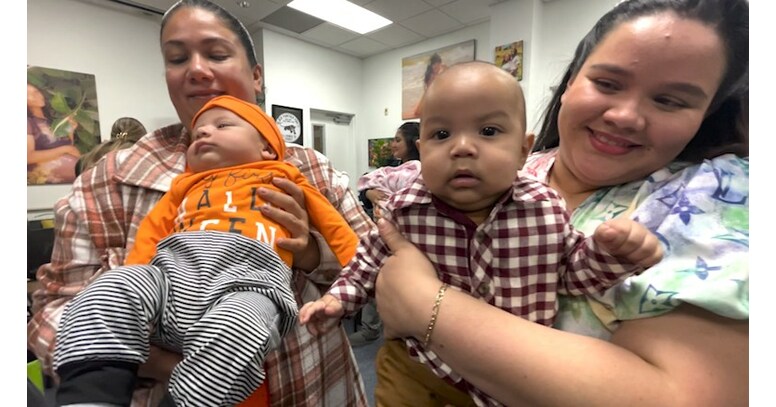Your eyes, ears and nose are your “best friends” when looking for wildlife.
“For example, it’s very easy to smell otter poop. If you want to find otters, (and there’s) fresh otter poop, you know the otters are around or they’ve been around,” said the permanent resident who has lived in Singapore since late 2016.
Outside of Singapore, he may smell fresh tiger urine or look for scratch marks of bears.
He picked up some of this knowledge growing up in South India, where there was a lot of wildlife around him.
“There’s really no school of wildlife photography. Most of it you have to invest time in the field.
“And that’s how you slowly start picking up on all these little nuances, which makes you a better photographer or a better storyteller,” he said.
TUNED IN TO NATURE
For this story, I met Mr Jayaprakash on five different occasions to watch him in action and try my hand at wildlife photography.
Most of these sessions started early in the morning, which in itself was a struggle for me.
But I quickly realised I had other concerns to worry about, such as why my eyes and ears didn’t seem to be pulling their weight.
I heard a lot of birds and animals, but the only sound I recognised came from the wild roosters at Pasir Ris Park. The rest were a cacophony of wildlife sounds to me.
In the darkness of the morning, I could not see much either. We ran into another photographer looking for a buffy fish owl, and Mr Jayaprakash was the first to spot a male holding a rat in his mouth.







